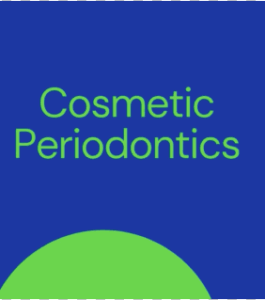If you’ve undergone treatment for periodontal (gum) disease, you know how involved it can be, whether your treatment required nonsurgical therapy, surgical therapy or a combination of both.
Following gum surgery or scaling and root planing, a nonsurgical periodontal therapy, plaque and calculus (hardened plaque deposits) are removed and as they heal swollen, red gums finally begin to regain their healthy pink color.
Treatment does not stop there. If it does, there’s a high chance of a re-infection of the gums.
Periodontal maintenance (PM) is important for gum disease patients after treatment. Plaque, a thin film of bacteria and food particles responsible gum disease, continue to grow again on your tooth surfaces as it did before. Diligent, daily brushing and flossing to curb that development.
It is also important to keep up regular dental visits for advanced cleaning to remove hard to reach plaque and calculus. For patients with gum disease it is usually four but for some advanced gum disease patients, six times a year, especially just after treatment. Many of our patients alternate visits for periodontal maintenance between our office and their general dentist so that their periodontal condition is closely monitored, as well as the health of their teeth.
Our goal is to reduce the chances of re-infection. To do this, we’ll thoroughly examine your teeth, gums and any implants for signs of disease (as well as an oral cancer screening). This includes an assessment the health of your teeth and gums and to see how well you’re doing with plaque control and review your recommended customized daily oral hygiene instructions.
Overall, we want to prevent the occurrence of any future disease and treat it as soon as possible if it relapses. Keeping up with homecare and a routine periodontal maintenance schedule will help ensure your gums continue to stay healthy.
If you would like more information on periodontal disease, please contact us or schedule an appointment for a consultation 727-586-2681.
[iphorm id=”3″ name=”Contact form”]







